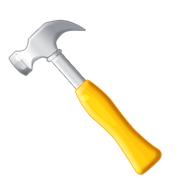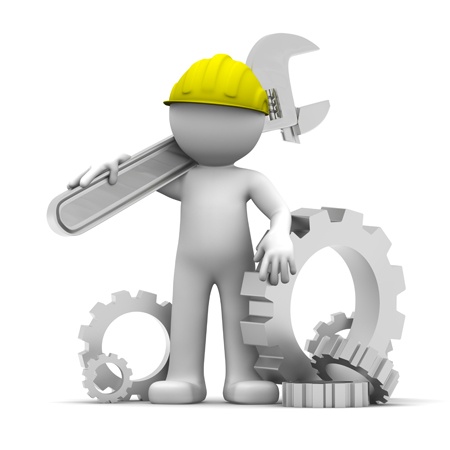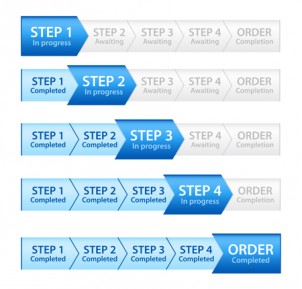1 min read
Uncovering the Real Benefits of MES and Paperless Manufacturing
Curious to know the real benefits of MES, we asked a shop floor production team what the top benefits of the system were one month after their...

 Hammer to fit. It’s a term we use at CIMx to talk about the inevitable moment in manufacturing when you realize your sub-assemblies don’t fit properly, or a part is a little bit off. Many times, the solution is to tap, bang, press, cajole or weasel the part back into place. It’s not a best practice, and I’m sure no credible manufacturing expert ever proudly claimed to be the best at “hammering it in place.” But, if you’ve ever been on a manufacturing shop floor, you know there’s not a lot of time to stand around (or at least there shouldn’t be). Many times you do what you can to keep the process moving, but hammer to fit is NOT the optimal manufacturing process.
Hammer to fit. It’s a term we use at CIMx to talk about the inevitable moment in manufacturing when you realize your sub-assemblies don’t fit properly, or a part is a little bit off. Many times, the solution is to tap, bang, press, cajole or weasel the part back into place. It’s not a best practice, and I’m sure no credible manufacturing expert ever proudly claimed to be the best at “hammering it in place.” But, if you’ve ever been on a manufacturing shop floor, you know there’s not a lot of time to stand around (or at least there shouldn’t be). Many times you do what you can to keep the process moving, but hammer to fit is NOT the optimal manufacturing process.
Here’s the point… in the low tolerance, highly-engineered world of discrete manufacturing… or, to be honest, all manufacturing today, I don’t think anyone ever wrote “hammer to fit” in the work instructions. There is always a solution for making the parts fit and the customer wouldn’t accept something that was done any other way.
In fact, many times there isn’t even a hammer available on the shop floor. A hammer is the least seen tool in the tool crib. I’ve seen drills, saws, all kinds of tools that attach or separate objects, but rarely have I ever seen a hammer. So if we don’t really hammer parts to fit them together (really – most times we take it apart and make it right), then why do many of us try to make our supporting tools – such as software, applications and processes – do things they weren’t built for? Using the wrong tool for shop floor control and visibility is like writing “hammer to fit” in your work instruction and expecting efficient operation and quality results.
 We’ve been banging on the topic of ERP (Enterprise Resource Planning) versus MES (Manufacturing Execution System) for a while now. We started a dialogue on why you need both – and you do – and what each system does. An ERP system, naturally or through the use of add-on functions, simply cannot do what an MES does. It’s not built to deliver the process control or visibility the shop floor needs.
We’ve been banging on the topic of ERP (Enterprise Resource Planning) versus MES (Manufacturing Execution System) for a while now. We started a dialogue on why you need both – and you do – and what each system does. An ERP system, naturally or through the use of add-on functions, simply cannot do what an MES does. It’s not built to deliver the process control or visibility the shop floor needs.
If you need to track, bill, order, sell or report on something, use your ERP. But if you need to build, use an MES. Simply put, the MES builds things while the ERP tracks. Trying to use one system to do the work of the other is using a tool to do a job it wasn’t meant to do. You can make it look like it fits, but the solution isn’t efficient and it won’t last, won’t perform, it’s probably costing you money, and it most certainly isn’t supporting your shop floor the way you need it to.
If you need an ERP, there are lots of vendors out there that provide the window into your data an ERP gives you. If you need shop floor and process control and information management, then use an MES. Talk to us, we’re happy to help. Visit us at www.cimx.com.

1 min read
Curious to know the real benefits of MES, we asked a shop floor production team what the top benefits of the system were one month after their...

1 min read
Customers often ask us how we can ensure the accuracy of our project estimates and budgets. Our answer is simple – Agile. By David Oeters, Corporate...

1 min read
New FDA regulations regarding UDI (Unique Device Identification) are causing worry among medical device manufacturers. We show how you can fulfill...